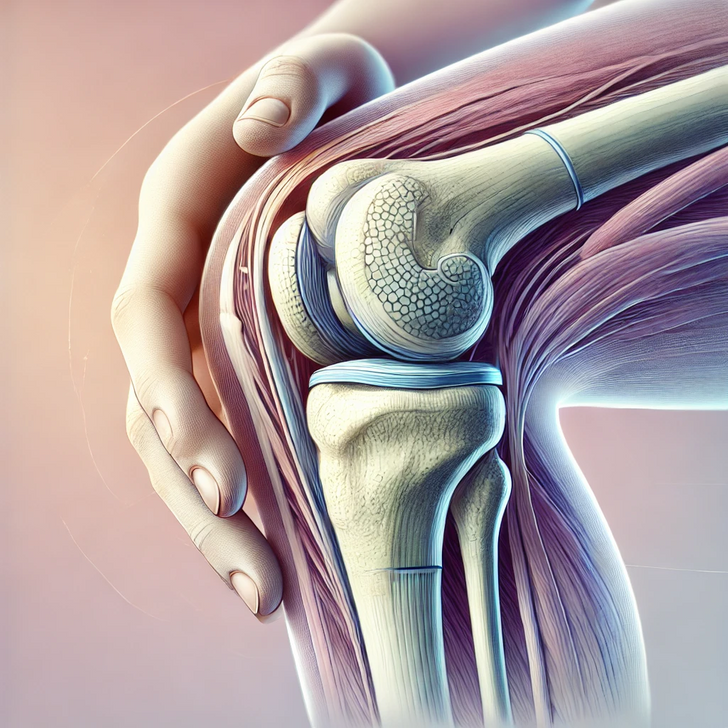12 True Stories That Grow More Twisted the Closer You Look


Lactose intolerance affects millions globally, often unnoticed. This article highlights 8 common signs your body may be warning you that lactose intolerance is causing your discomfort.
CONTENT IS PROVIDED FOR INFORMATIONAL PURPOSES ONLY AND IS NOT INTENDED AS A SUBSTITUTE OF MEDICAL ADVICE.
SEEK GUIDANCE OF YOUR DOCTOR REGARDING YOUR HEALTH AND MEDICAL CONDITIONS.

Although less common, some people with lactose intolerance also report symptoms like headaches, fatigue, difficulty focusing, muscle and joint pain, mouth ulcers, urinary issues, and even eczema.
Dairy products such as milk, cheese, and yogurt have been linked to canker sores. Some experts believe proteins in cow’s milk may trigger mouth ulcers in certain individuals due to an adverse immune reaction.
If you frequently experience mouth sores, consider cutting out dairy, especially animal-based products. Instead, try alternatives like soy milk, oat milk, and vegan cheese to see if these changes help reduce canker sores.

Dairy allergies can trigger reactions beyond the digestive system, affecting the skin, lungs, and more. Common symptoms include:
In infants, blood in the stool may also occur.
Severe reactions, such as throat swelling and breathing difficulties, could indicate anaphylaxis, a life-threatening allergic response. Symptoms typically appear within minutes of consuming dairy but may be delayed for hours. If anaphylaxis occurs, immediate action is crucial—administer epinephrine (if available) and seek emergency medical care. If epinephrine isn’t on hand, go to the nearest emergency room without delay.

Lactose intolerance occurs when the body struggles to digest lactose, the natural sugar in milk, leading to digestive issues like diarrhea after consuming dairy. While not harmful, it can cause significant discomfort.
Interestingly, lactose intolerance doesn’t always cause diarrhea. In some cases, particularly for individuals whose gut bacteria produce methane instead of hydrogen, constipation can be a primary symptom. Research suggests that methane slows down intestinal movement, leading to constipation in about one-third of those with lactose intolerance.

Bloating is a common symptom of lactose intolerance in both children and adults. It occurs when the body lacks lactase, the enzyme needed to break down lactose, the natural sugar in dairy products.
Without proper digestion, undigested lactose reaches the colon, where gut bacteria ferment it, leading to bloating and discomfort.

Lactose intolerance can cause symptoms beyond digestive discomfort, including back pain, headaches, fatigue, difficulty concentrating, and general tiredness. Some individuals also report sleep disturbances, dizziness, and an overall feeling of malaise.
These less common symptoms may stem from the body's inability to properly process lactose, potentially triggering inflammatory or metabolic responses in sensitive individuals.

When lactose isn’t properly digested in the small intestine, it moves to the colon, where gut bacteria break it down.
This fermentation process produces acids and gases like hydrogen, methane, and carbon dioxide, leading to common lactose intolerance symptoms, including flatulence.

Lactose, the sugar in dairy products, isn’t always well tolerated by the body. While some people naturally lose the enzyme lactase needed to digest lactose, even those who can process it may experience side effects beyond digestion.
When lactose is poorly broken down, it can disrupt the gut microbiome, elevate blood sugar levels, and contribute to systemic inflammation. This inflammation may manifest as muscle and joint pain, making dairy a potential trigger for discomfort. Whether due to digestion issues or metabolic effects, reducing lactose intake could help minimize inflammation-related pain.

The most common signs of lactose intolerance include abdominal cramps and pain, typically appearing within a few hours of consuming dairy.
Furthermore, if you're experiencing symptoms of lactose intolerance, it could be helpful to explore whether gluten intolerance might also be a contributing factor.
12 Ways Your Body May Be Telling You That You Have Gluten Sensitivity











